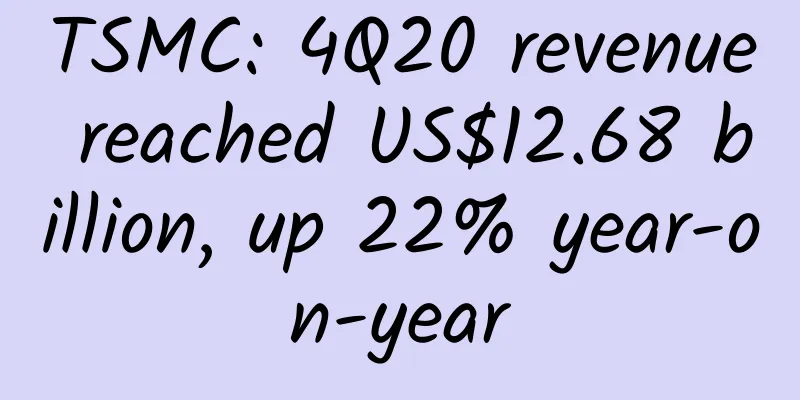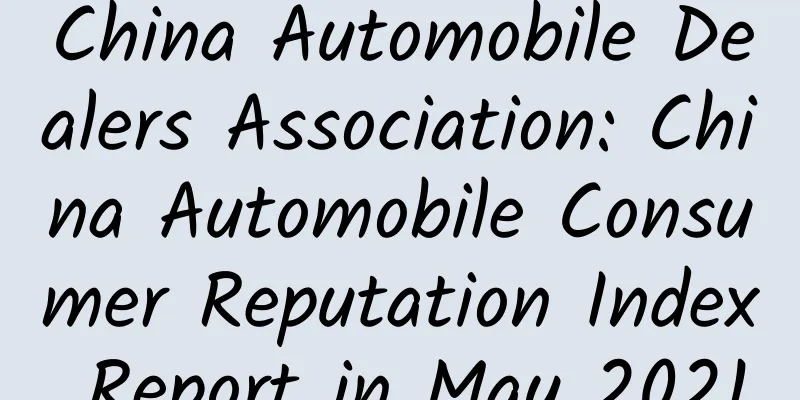TSMC: 4Q20 revenue reached US$12.68 billion, up 22% year-on-year

|
On January 14, 2020, TSMC, the leading wafer foundry, announced its fourth-quarter 2020 financial report today. TSMC's fourth-quarter revenue reached US$12.68 billion, a month-on-month increase of 4.4% and a year-on-year increase of 22%; the gross profit margin was as high as 54%, exceeding the upper limit of 51.5-53.5% expected by financial forecasts, setting a new record. TSMC's full-year revenue in 2020 reached US$45.51 billion, a year-on-year increase of 31.4% (a year-on-year increase of 25.2% in New Taiwan dollars, as the U.S. dollar has depreciated significantly recently). The gross profit margin was 53.1%, an increase of 7.1 percentage points year-on-year. The ROE was as high as 29.8%, an increase of 8.9 percentage points year-on-year. In terms of process, TSMC's 5nm process shipments accounted for 20% of wafer sales in the fourth quarter, 7nm 29%, and 16nm 13%. The 5nm revenue increased rapidly, accounting for only 8% of the revenue in 20Q3, an increase of 12 percentage points from the previous quarter. Judging from the applications of major platforms, TSMC's growth momentum in the fourth quarter mainly came from automotive electronics, consumer electronics and smartphone platforms, with revenue growing by 27%, 29% and 13% respectively, while high-performance computing and Internet of Things revenue declined by more than 10%. 21Q1 off-season is not off-season, automotive chips fully recover According to TSMC's first-quarter financial forecast figures, revenue is estimated to reach US$12.7-13 billion, a month-on-month increase of 0.16-2.5%, with a median of approximately 1.3%, maintaining a high level. TSMC CFO Huang Renzhao pointed out that the gross profit margin in the first quarter of 2021 will decline compared with the fourth quarter of last year. The decline in capacity utilization and the strength of the New Taiwan dollar are both factors, but the capacity utilization rate will still be at a high level. TSMC President Wei Che-chia said that in the first quarter, due to strong demand for high-performance computing, a rebound in automotive demand, and a slightly easing of the seasonal impact of smartphones, capacity utilization remained high. Although customer inventories remained above seasonal levels, it was also observed that due to the uncertainty of the overall environment, the supply chain is expected to maintain current customer inventory levels for some time to ensure smooth supply. Wei Zhejia also said that the demand for automotive semiconductors began to recover in the fourth quarter of last year, and there has been a serious shortage of automotive chips recently. He will continue to work closely with customers to alleviate the shortage of automotive chips. Capital expenditure far exceeded expectations, with year-on-year growth expected to reach 60% in 2021 TSMC announced that its capital expenditure this year will reach US$25 billion to US$28 billion, far higher than the original foreign investment expectation of US$22 billion, equivalent to an annual increase of 45-62%, of which 80% will be used for advanced processes. TSMC's capital expenditure last year totaled US$17.2 billion. Foreign capital is optimistic that TSMC's capital expenditure will remain high this year and next year. The maximum capital expenditure this year is expected to reach US$22 billion, and next year it is expected to reach US$25 billion. However, this level will be exceeded in 2021. TSMC CFO Huang Renzhao said that in order to respond to the development of advanced process and special process technology and to meet the growth of customer demand, the capital expenditure this year will be increased, including the capital expenditure of the new plant in Arizona, USA; 80% of it will be used for advanced processes such as 3nm, 5nm and 7nm, 10% will be used for mass production needs of advanced packaging technology, and 10% will be used for special processes. TSMC Chairman Liu Deyin pointed out that in the past few years, the performance was driven by mobile phones. Since last year, high-performance computing demand has also been added. In addition, the impact of seasonal factors on smartphones is relatively mild, and customers and applications are diverse. The demand for 5nm is strong, which is better than expected three months ago. Therefore, the capital expenditure this year has been significantly increased. via Futu NiuNiu |
>>: How did Chang Cheng, who is not good at quarreling, make ZUKZ1 popular?
Recommend
Gmail for iOS: Handling emails in notifications
After this upgrade, users can finally simply proc...
Using objects to represent people and expressing one's aspirations: a unique category of "poetry about objects" in ancient Chinese poetry
China is a country of poetry. Among the numerous ...
Beware! This indicator is abnormal and may threaten your life! Take action as soon as possible if these 4 situations occur!
The carotid artery is mainly responsible for supp...
Building an e-commerce product center from 0 to 1
This series of articles will introduce the produc...
As long as you do a good job of short-term user experience marketing, why worry about not being able to sell good products?
I believe everyone has heard this sentence, "...
Weighing 49 grams! Is this a base layer or outer wear?
Today, let’s get to know Plain yarn single dress ...
In the mini-app war between BAT and others, who is more likely to be the winner?
[[246273]] summary: Why do BAT attach so much imp...
Vue develops WeChat H5 and solves the problem of WeChat sharing signature failure
Regarding the use of history mode in Vue routing,...
2021 Postgraduate Entrance Examination English Vocabulary Solution [Postgraduate Entrance Examination] PDF electronic version Baidu Cloud Download
This book selects valid vocabulary from the Engli...
How terrible is the blind spot of the vehicle? The driver didn't see any of the 75 children!
How much do you know about vehicle blind spots? D...
Taobao has changed its face! "Elderly Mode" officially launched before Double 11: bigger fonts and simpler operation
[[428293]] Some time ago, mainstream apps such as...
ARC Advisory Group: Top 10 Predictions for Industrial Internet of Things Technologies and Strategies in 2016
Industry analysts have made their top 10 predicti...
After eating poisonous mushrooms, I saw a snake with a diameter of one meter
As the saying goes, "Man is iron and rice is...
How much does it cost to rent a high-defense server that can handle 300g of attack traffic?
Nowadays, network attacks are frequent, and it is...
Wuhan high-end tea tasting club takeaway tea sn most reliable contact information
Wuhan high-end tea tasting consultation 132-7243-...









